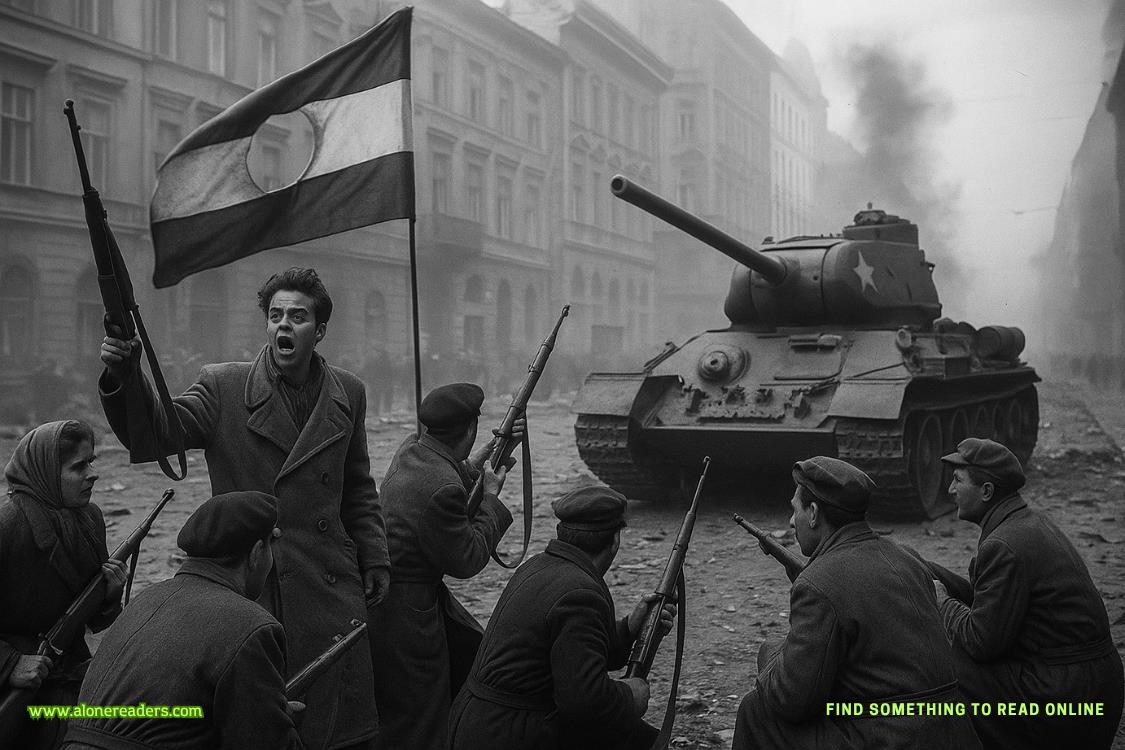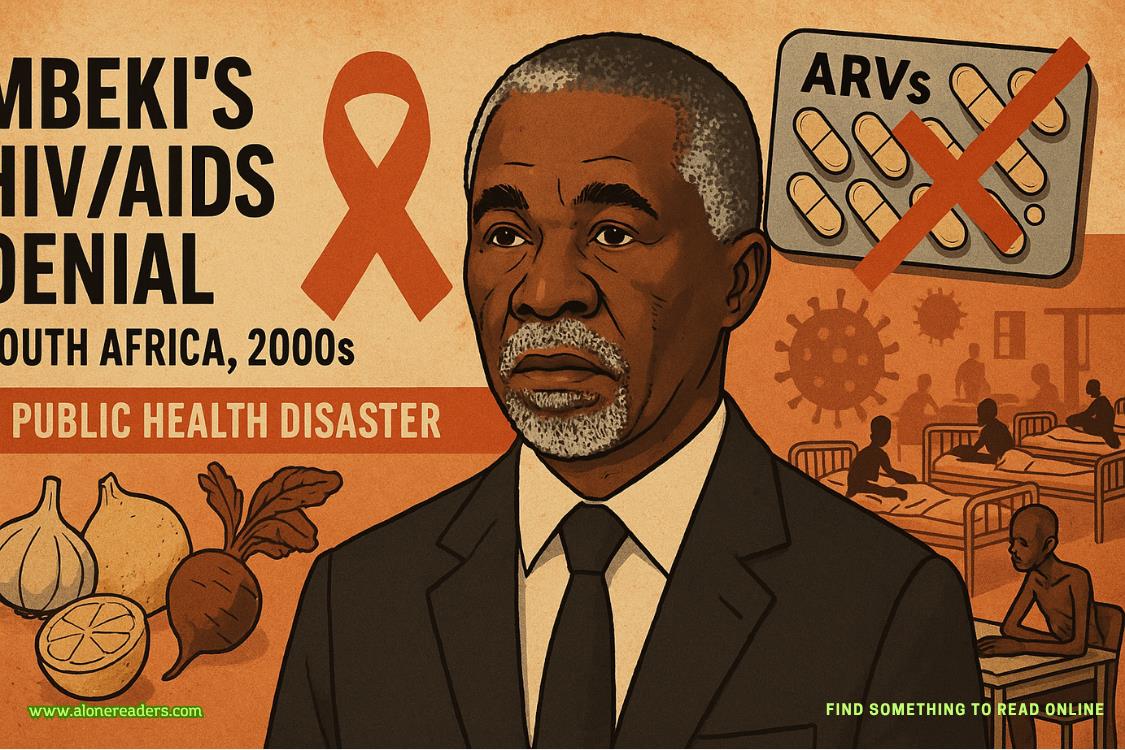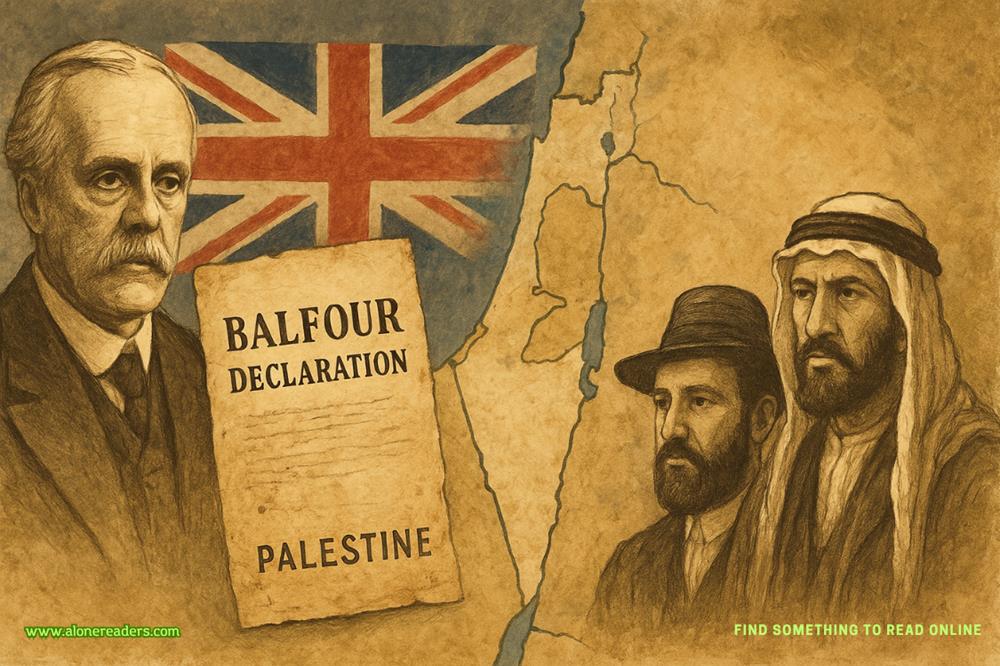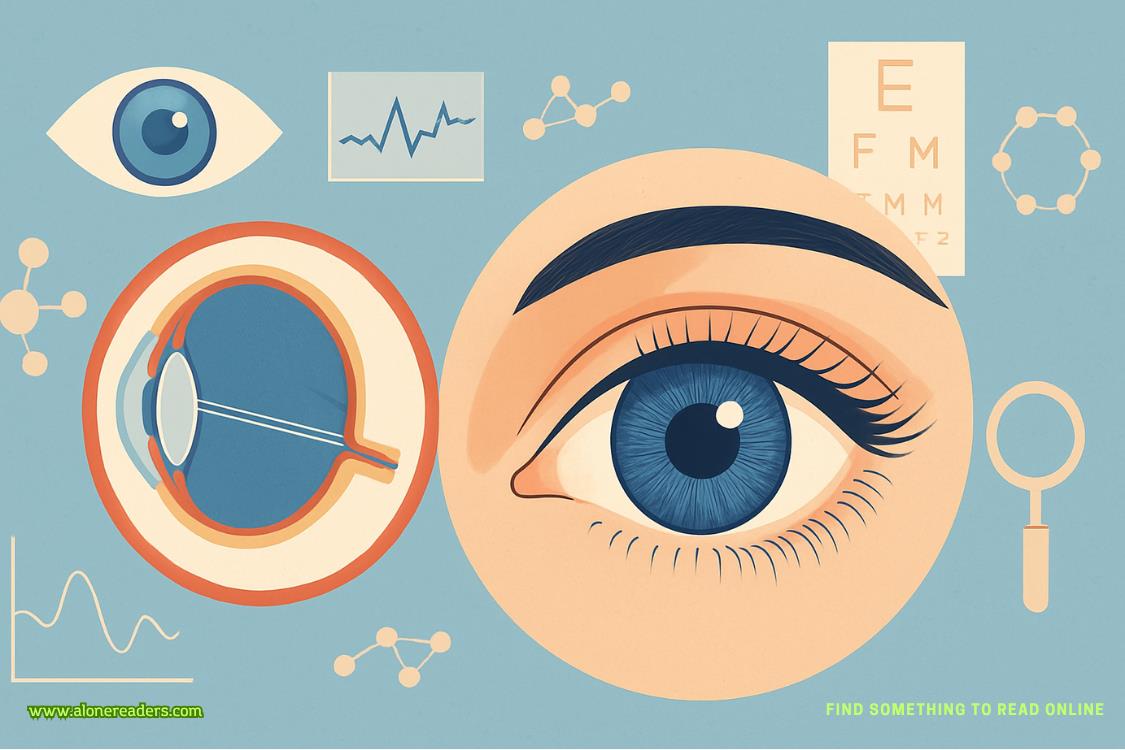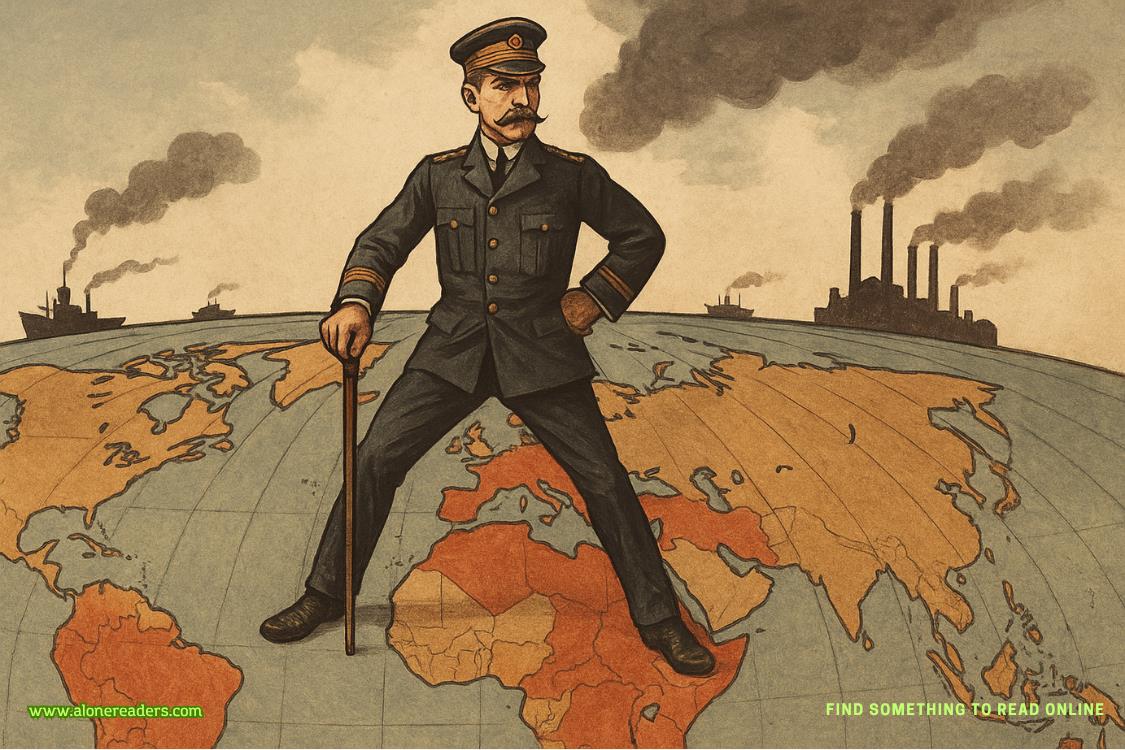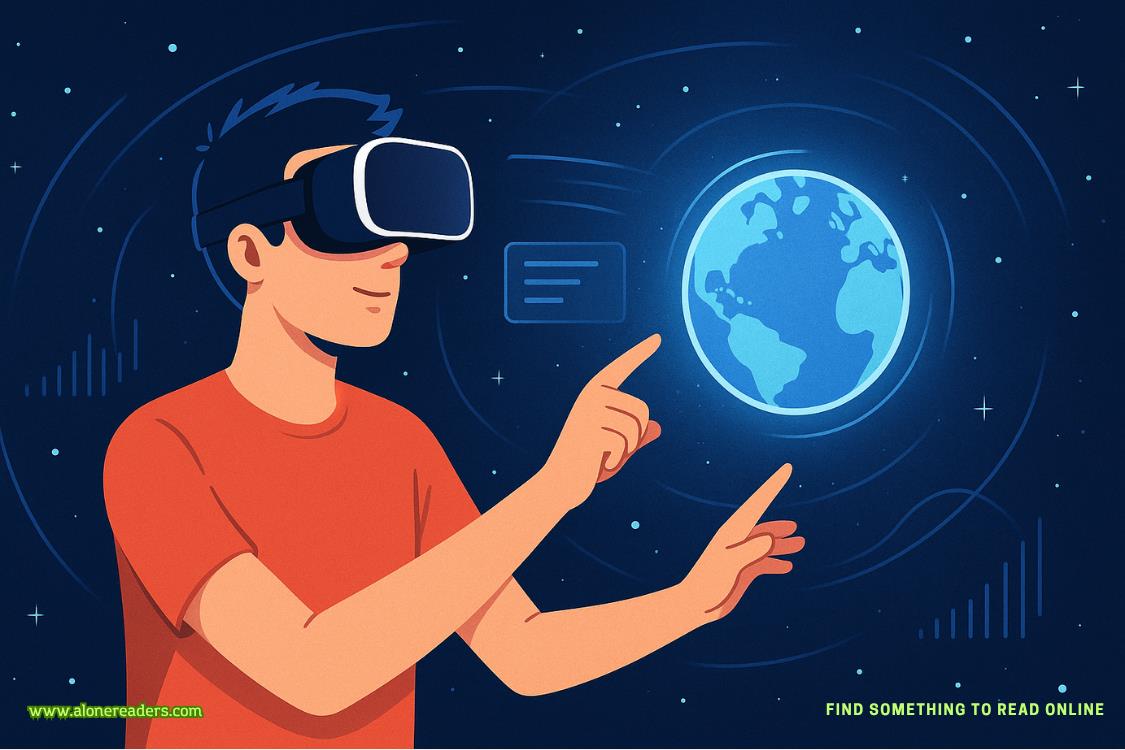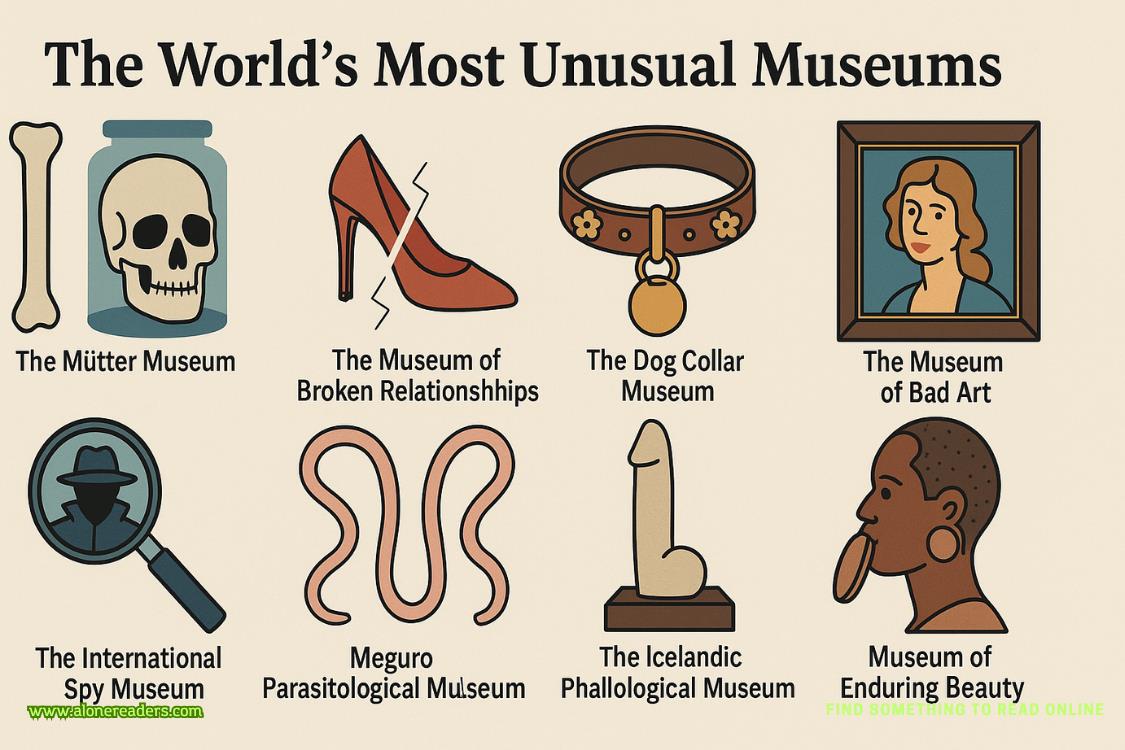The anthropologist’s face paled, but her professional focus quickly overcame her discomfort.She studied the images with growing concern, occasionally murmuring to herself.
Redford studied the photos in silence, her expression carefully neutral.Her fingers traced the edges of the images without touching the disturbing content directly.Minutes passed as she examined each photo methodically, occasionally tilting her head but offering no commentary.
Kari waited, watching the anthropologist’s face for any reaction.When it became clear Redford wasn’t volunteering her assessment, Kari decided to take the lead.
“The directional alignments are wrong,” Kari said, pointing to the first photo.“Harrington is positioned facing east, which would be appropriate for a blessing ceremony, but not with these particular herbs, which are used for containment.The sage and cedar are positioned incorrectly—they should be at the cardinal points, not at the head and feet.”
She moved to the second photo.“And here, the victim is facing north, which relates to protection, but the cornmeal circle is broken in four places, which would negate any protective effect.It’s someone attempting a Navajo ceremony without understanding its spiritual mechanics.”
Redford looked up sharply, surprised.“You’ve…” She seemed to lose her thread for a moment.“I’m sorry.You’re absolutely right.I’m impressed.”
“My grandmother is a traditional healer,” Kari explained.“I spent weekends with her on the reservation growing up.Some things you absorb even when you’re not trying to learn them.”
“Remarkable,” Redford said with a mixture of awe and respect.“Even most experts in my field would have difficulty identifying these specific inconsistencies.”
“There’s a difference between studying something and living it,” Kari said simply.“My grandmother would say knowledge held only in books is like water in a photograph—you can see it, but it won’t quench thirst.”
“Your grandmother sounds wise,” Redford said.“And you’re absolutely correct in your assessment.These arrangements show someone with academic rather than practical knowledge—someone who’s read about these ceremonies but never participated in them.”
Kari felt a sudden clarity.“They’re meant to look like they were done by a Navajo person.Someone wants investigators to think these murders were committed by a traditional practitioner.”
“A frame-up?”Redford asked, looking disturbed by the possibility.
“It fits,” Kari said, thinking aloud.“The FBI’s already pursuing a profile of a traditional Navajo male with resentment toward outsiders trespassing on sacred land.They’re looking at people on the reservation while the real killer—probably not Navajo—continues operating.”
Redford considered this.“That’s… terribly clever.And deeply offensive.”
“Where would someone learn enough about these ceremonies to attempt this kind of imitation?”Kari asked.“Detailed enough to convince non-Navajo investigators, but with mistakes that a knowledgeable person would immediately recognize?”
Redford gestured to her bookshelves.“Unfortunately, there are plenty of sources.Early anthropological studies documented ceremonies in sometimes inappropriate detail.Museums have archives of ceremonial recordings.There are even popular books that claim to explain ‘the secrets’ of Navajo spirituality, most written by non-Navajo authors with limited understanding.”
She stood and crossed to a bookshelf, where she pulled down a thick volume with a cracked spine.“This one, for instance.Published in the 1950s.It contains detailed descriptions of protective ceremonies, including diagrams that show herb placements and directional alignments.It’s academically valuable but ethically problematic.”
“Would Canyon State University’s library have books like these?”Kari asked.
“Certainly.In our special collections department.Access is restricted, but anyone with academic credentials could request viewing.”Redford hesitated.“I should note that I’ve taught courses on Navajo ceremonial practices for over fifteen years.Many students have taken detailed notes.”
“Including diagrams of protective rituals?”
Redford nodded uncomfortably.“I’m careful about what I share, but yes, we discuss general patterns and purposes.I could provide a list of students who’ve taken my advanced seminar on Southwest Indigenous ceremonial practices, if that would help.”
“It might,” Kari said, though the potential suspect pool would be enormous—decades of students, researchers, and visiting academics.
Redford returned to her chair, her gaze falling again on the crime scene photos before carefully sliding them back toward Kari.
“Dr.Harrington worked here at Canyon State University,” Kari said, collecting the photos.“Did you know him personally?”
An unmistakable shadow crossed Redford’s face.“Yes, quite well, actually.Mark and I collaborated on several interdisciplinary projects over the years.”She gestured to a framed photograph on her cluttered desk that Kari hadn’t noticed before—Redford with a small group of people in what appeared to be Canyon de Chelly, Harrington among them.
“Field research team from two years ago,” Redford explained.“Mark led the geological survey while I documented cultural contexts.He was brilliant when it came to understanding how geological formations influenced human settlement patterns.”
“What was he like to work with?”Kari asked, watching Redford’s expression carefully.
Redford seemed to choose her words with care.“Dedicated.Intensely curious.Sometimes… difficult when it came to respecting boundaries.”She adjusted her glasses.“Mark was documenting a series of sites along what he called the ‘emergence path.’I advised him several times about the sensitivity of these locations, but he was focused on their geological properties rather than their cultural significance.”
“Did he mention specifically why he was interested in Monster’s Hand?”Kari asked.
“He believed it contained evidence of an unusual mineral composition that contradicted existing geological timelines for the region.”Redford sighed.“I warned him about going there without proper guidance, especially at night, but Mark had a habit of prioritizing discovery over protocol.”




